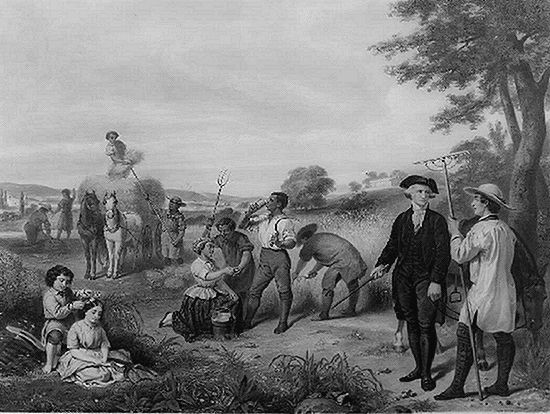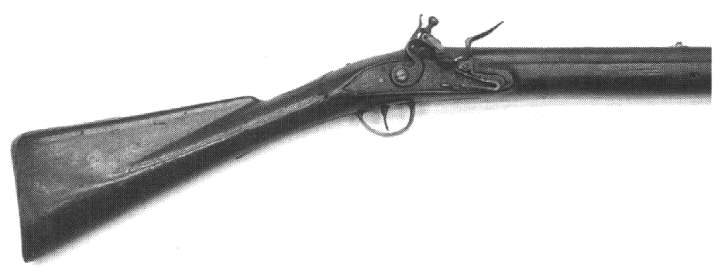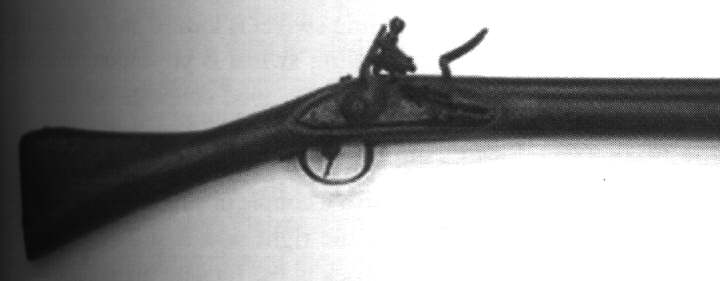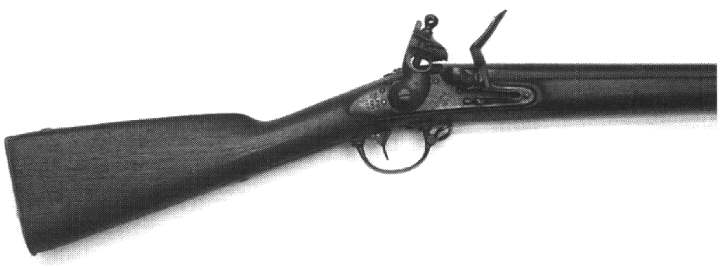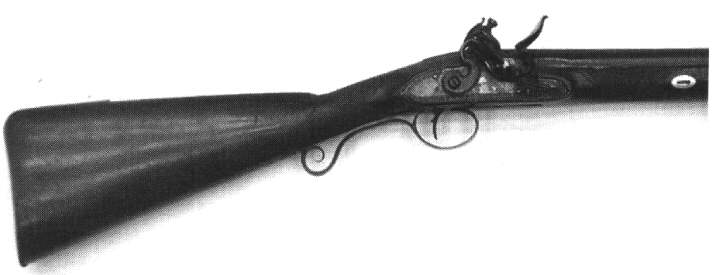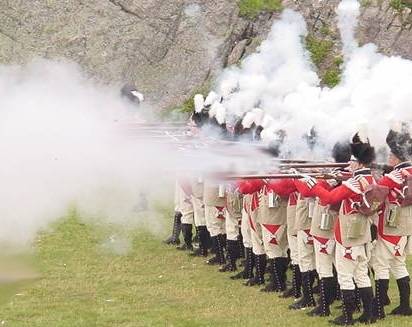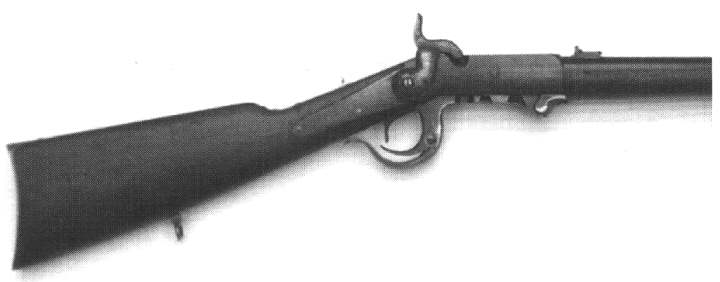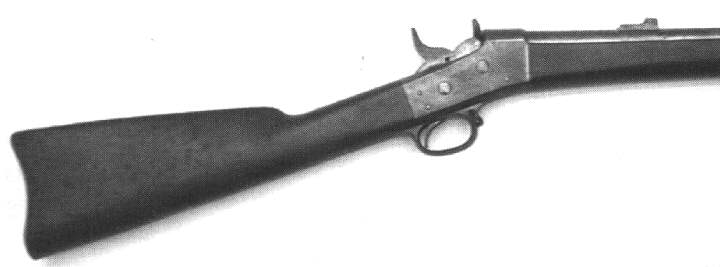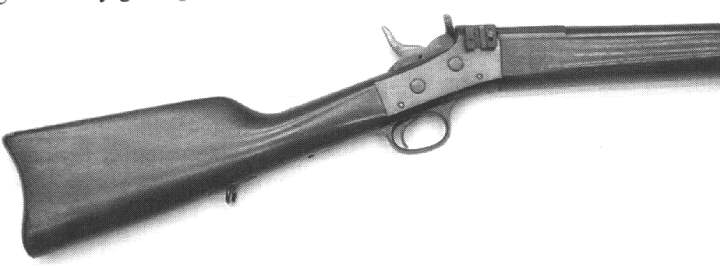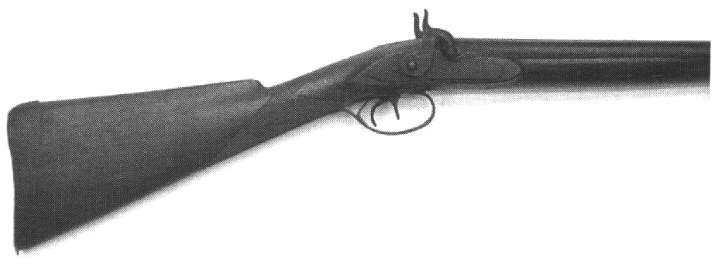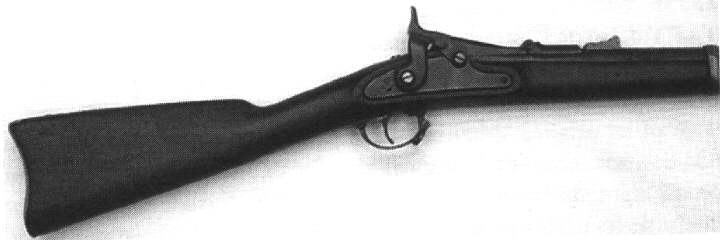_________________
_________________
_________________
_________________
Related links of interest of our family and its activities.
_________________
___________________
The Conner Collection.
Long Arms
Treasures from the French and Indian Wars to the American Westward Movement, gifts, found, traded for or purchased.
Shown is just a sampling of the long arms we have sold or traded since 2001. Quite a few have been sold to several museums from Maine to Washington and are now on display or will be shortly.
Thank you for taking the time to look.
Buck Conner
* * * * * * * * *
Here's a few of the more desirable arms sold (NRA excellent to fine condition) along with the others shown, collected & sold.




The French and Indian Wars & The American Revolution Long Arms.
|
British as well as American manufactured long arms are similar in shape, weight and design of working parts (will very from from maker to the other). Long arms such as these varied in manufacturer for the Colonies, standardization had not reached the New World as it had in the European Armies. Shown are just a few that we have sold within the last few years, they were all in NRA very good to excellent condition. The majority were purchased before 1930 at pennies on today's dollar. An example of this statement is; the third pistol down was purchased for $1.20 in 1928 and sold in 2002 for $1575.00 - pennies to dollars right. |
|
* * * * * * * * *
The War of 1812 Long Arms.
|
|
One issue precipitating the War of 1812 was the British disregard of American's rights for freedom. British troops frequently stopped Americans, confiscated their personal items, removing their live stock or burning their farms and houses. Shown are just a few of a large number that we did have, these were the more common looking of the variety available. Several dozen of this period weapon was sold within the last few years, they were all in NRA very good to excellent condition. Dating can be a real problem for the period, as we have found they crossed over between the periods. |
|
Rifles were common with the Mountain Man and according to Charles E. Hanson, Jr. the military musket was used more than most realize. When a man had finished his enlistment he was issued his arm and remaining salary (which was enough to buy a few supplies), the only chance for a better life in many cases was go west into the American fur trade. Mr. Hanson thoughts were you took what you had at the time, your issued musket. When found it is always a questions as to the period of a pistol or rifle and it would fit, the fur trade, remember there's larger window than most would think because of supply and demand issues. If a arm used from an earlier period still functioned there was a good chance it may find its way with a trader to the next rendezvous. The Northwest Gun was becoming very popular with the trappers as was it with the local natives. This arm is probably one of the more successful items traded in the North American fur trade. |
|
* * * * * * * * *
The American Civil War 1861-1865

Long Arms.
|
|
At the beginning of the Civil War, firearms of all types were in short supply. Many early volunteers were issued antiquated, imported, and nearly obsolete weapons as both sides strained to meet the demand for arms. Eventually, however, a few quality types were obtained in large numbers and became standard issue to the soldiers of both armies. INFANTRY The basic weapon of an infantry soldier was the single-shot, muzzle-loading percussion musket. By the end of the war, total production approached 1.5 million weapons. After the Confederate capture of the Federal armory at Harper's Ferry, Virginia (later West Virginia), more than 64,000 Confederate copies were produced. A variety of other European rifles were used by the infantry of both sides. Among the most prolific of this "second class" of rifled arms was the Austrian Lorenz. Over 225,000 were purchased by the Federal government alone. Many of these .54 caliber rifles were rebored to accept the standard .58 caliber ammunition. While rifles were preferred for their long range and accuracy, many older smooth-bore muskets of foreign and domestic manufacture saw service as well. The difference of weapons stands out more in this war than in previous wars fought. From muzzle loading smoothbores, breech loaders to the Spencer repeating rifle. According to Lincoln "loaded on Sunday it would shoot until Saturday". |
* * * * * * * * *
American Westward Movement Long Arms.
|
The Oregon Trail was much more than a pathway to the state of Oregon; it was a proving ground for new ideas in transportation, living off the land, and being prepared to defend ones self from man or beast. The number of different types of weapons making their way west is still talked about and studied today. Military muskets, rifles, shotguns, to the expensive cartridge guns have been found. |
|
|
* |
_________________ NOTE Items shown on the "Conner Collection" pages have been SOLD and have been transferred to museum and personal collections across N. America. _________________ |
